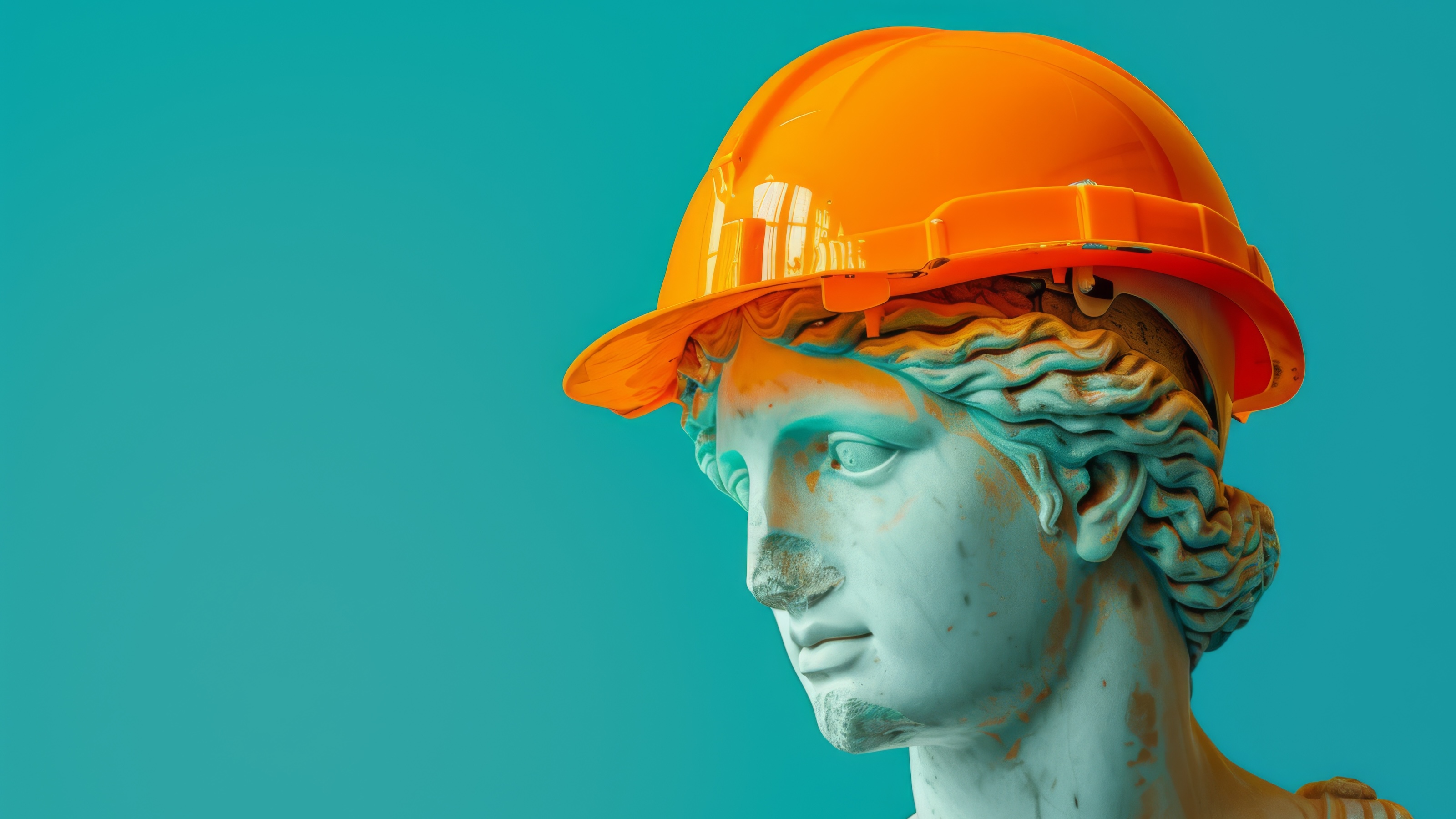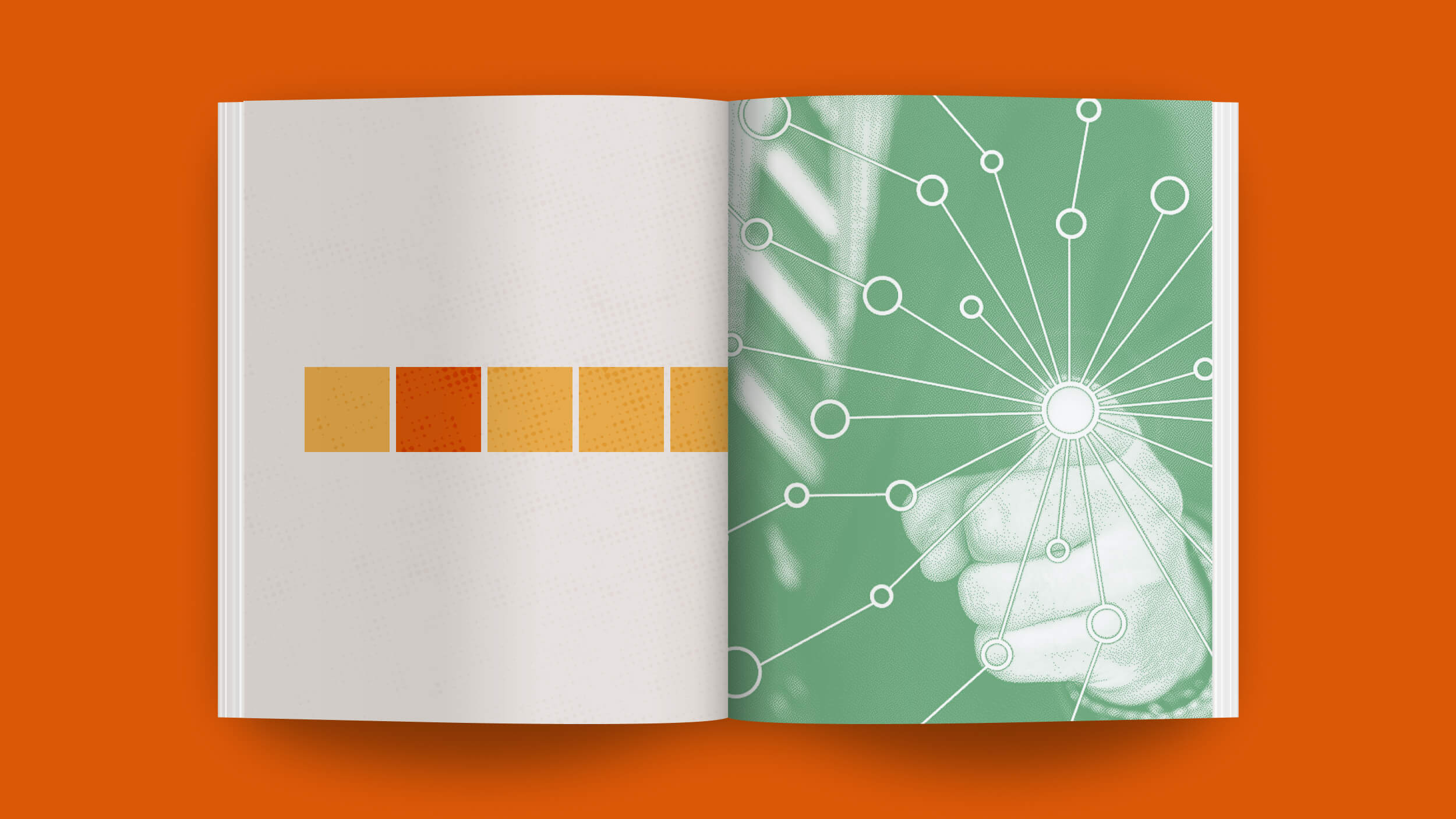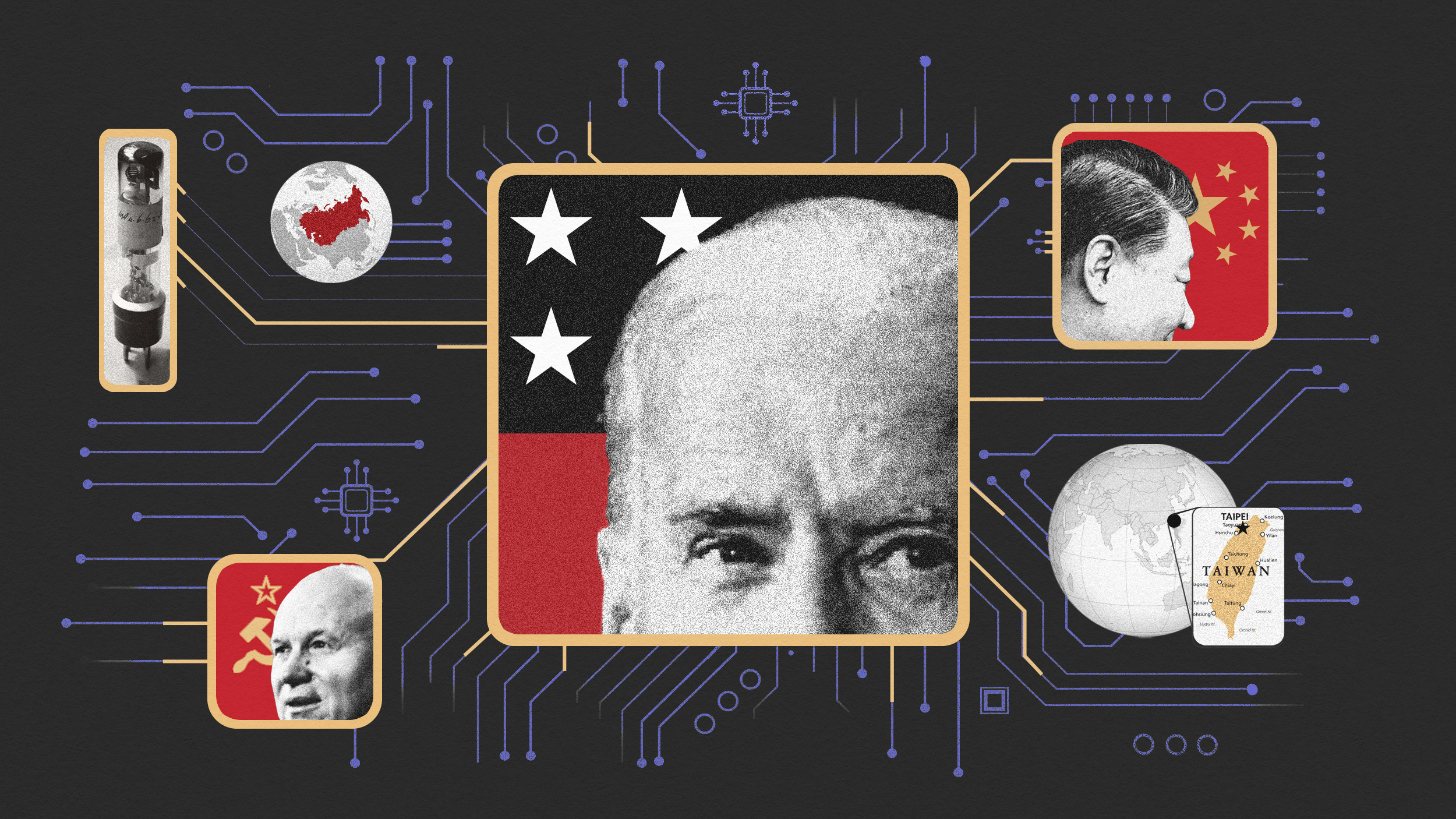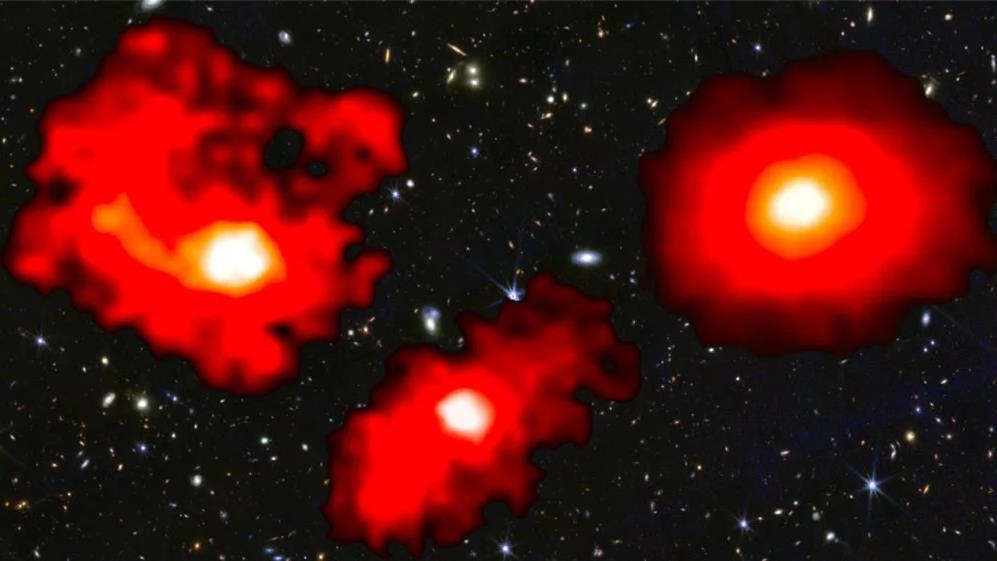The author gives a history of occultism’s influence on American politics, explaining its deep-seated ties to liberalism and feminism.
Question: What were the crucial moments in the history of the occult in America?
Mitch Horowitz: The American occult really became established in the firmament of this country probably between the 1690s and the late 1840s. And there were several very definite personalities and groups and events that made that possible. As I mentioned earlier, by the 1680s, 1690s, mystical groups began to flee Central Europe and come to America. If you flash forward to 1776, you not only have the Shakers organizing their first village outside of Albany in New York, but in the State of Rhode Island, there was a young woman named Jemima Wilkinson who had been caught up on the Baptist Revival, we call “The Great Awakening,” and in the fall of 1776, Jemima, who had grown up on a prosperous Quaker farm, took to her bed with a terrible fever and she was slipping in and out of a coma and her family was sure that she was going to die. And then one day, without any antecedent whatsoever, she leaped up from the bed, all red and ruddy and filled with this renewed energy, and announced to her shocked Quaker family that she would no longer be known as Jemima, that woman had died and that the being standing before them would be known as the Public Universal Friend. And she became, in a certain sense, the nation’s first spirit channeler.
By the early 1800s, that area of central New York state became known as the “Burned Over District,” it was the place considered “burned over” with the fires of religious passion. And that’s where you start to see the first alternative religious culture developing in America, and really, in the modern world.
The Iroquois Indians had occupied central New York state, but they were pushed off that land by the colonial government just after the War of Independence. So, central New York was opened to land settlement and speculation and a whole wave of relatively liberal New Englanders began to flood into central New York state and for about a generation or two, in the early- to mid-1800’s, the place produced most of the new religions that grew out of America; Mormonism, Seventh Day Adventism, is where the Shakers spread; you have the first experiments, large experiments, in American utopianism; the Oneida community was located there. The place was a hotbed of political reform. The fist women’s rights conference was held in Seneca Falls, New York. It was also the birthplace of the movement of what we call “spiritualism,” which involved séances and spirit raps and talking to the dead. And spiritualism just became the driving engine behind everything because as spiritualism grew in central New York state and it started essentially in a little village called Hydesville, outside the city of Rochester, where two teenage girls, in 1848, told their Methodist household that the bangs and raps and noises that were being heard in their cabin were actually spirit raps. And the girls said: “We can reach to the beyond.” And people believed them. They were hungry to believe them because Americans saw themselves as a people who were entitled to a kind of new dispensation from God. They used to refer to the country sometimes as the “New Israel” or the “American Israel.”
They were expressing the most radical impulses of the Reformation in which people believed that you could reach the beyond, you could reach the divine, with no intermediary. You didn’t need the man in robes, you could do it yourself.
And as soon as people began to organize into séance circles and people began to identify themselves as transmediums who could reach the beyond. It opened up a door for women to assume their first roles of religious leadership in the modern world. This really can’t be overstated. Women had no clerical role anywhere in the Western world, period.
When spiritualism dawned, suddenly women who wanted to engage in the civic and religious and political culture were becoming transmediums. It is no accident that in this “burned over” district of upstate New York, you had the birth of spiritualism coinciding with the fist conference for women’s voting rights. The two were branches coming out of the same tree for about a generation in the 19th Century, you could not find a voting rights activist, a suffragist activist, who hadn’t spent some time at the séance table, and vice versa. The movements just absolutely grew out of one another.
Once that social and spiritual opening was created for women in the form of spiritualism, suddenly ambitious women who wanted to participate in the culture had a kind of a voice. So this began a marriage between occult spirituality and reformist or radical politics that just roared through the country, and really, has never gone away.
So, the 1840s, some historians call that decade “The Mad 40s,” the 1840s was the pivotal moment in American life where an avant-garde spiritual culture began to grow and where a radical and reformist political culture began to grow.
This was also bound up with ideologies that were coming over to America from Europe. Chief among them was the method called mesmerism, which we today call hypnotism. Americans were in love with mesmerism because it was something that you could do in your own home. You could mesmerize or hypnotize your aunt or your mother or your father and people would go into these trance states and you could introduction autosuggestions tot hem or as some people saw it, you could cure them of illnesses. And sometimes people would emerge, re-emerge from a trance state and report that they had some kind of out of body experience. They had traveled to other realms or to other planets, or to the heavens.
So all of these occult ideologies, all these supernatural ideologies where people said they were in touch with the world beyond, they could see either into other realms or into the future or they could serve as a spirit channeler, they were confirming a very, very deep-seated hope that Americans had about themselves and they served as a conduit for radically liberal religious and political ideas.
Recorded on October 4, 2010
Interviewed by Max Miller






